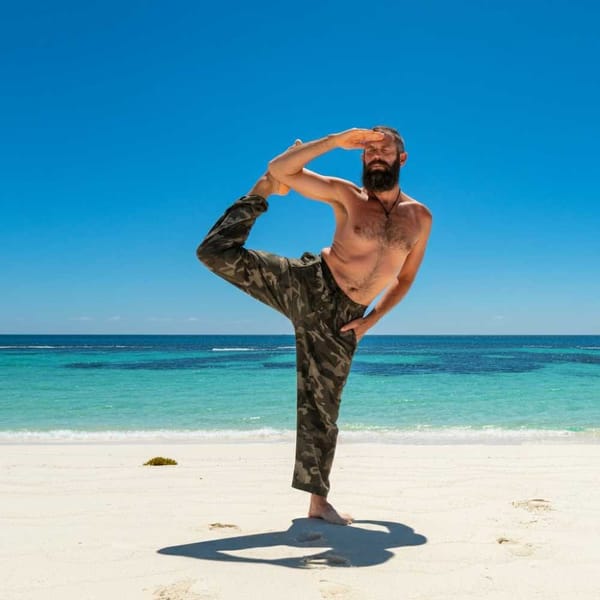Tourist route of the living cultures of Sierra Madre
The route guarantees unique experiences for alternative tourism and for those who enjoy contact with nature, culture, and history. A natural and cultural treasure within your reach.

A tour integrated by two tourist circuits that offer the opportunity to observe great cities, cave paintings, passing through places with a great history, and attractive beaches where you can practice water sports and fishing. A true banquet that guarantees unique experiences of alternative tourism and for those who enjoy contact with nature, culture, and history.
The Tourist Route "Las Culturas Vivas de la Sierra Madre" (The Living Cultures of the Sierra Madre) allows you to get to know and admire in a different way the history and customs that remain intact in many towns of the state.
A different panorama is observed in the mountainous part, whose wooded vegetation refreshes a series of singular towns. Alamos is a neighboring colonial town in this region. Its architectural attractions stand out in the buildings and facades of the church and the municipal palace.
From the City to the Coasts Circuit
Kino Bay
Located 105 km west of Hermosillo, its extensive and beautiful white sandy beaches offer a wonderful setting to enjoy swimming and diving. You can also practice sailing, water skiing, and sportfishing for marlin, dorado, and sailfish.
Four kilometers offshore is the largest island of the entire Mexican coast: Isla Tiburón (Shark Island), which functions as a reserve to protect wild flora and fauna. It is a refuge for bighorn sheep, mule deer, and animals of the Sonoran desert.
On the shores of the bay is the town of Magdalena de Kino, which has lodging and food services, and where the native Seris exhibit their unique and varied handicrafts. In the past, the area was inhabited by the Pápagos and Pimasaltos Indians.
In 1687, with the arrival of Father Eusebio Francisco Kino to Sonora, the first missions began to be founded, and the municipal seat was founded at the beginning of the 17th century by Lieutenant Juan Bautista Escalante. Santa María Magdalena de Buquivaba was the name it bore until 1966, when it changed its name to Magdalena de Kino.
The main attractions are: the Monumental Plaza, the Municipal Palace, the Church of Santa María de Magdalena, the Museum and crypt of Padre Kino and the Mission of San Ignacio.
Guaymas
Guaymas is located on the coast of the Gulf of California, between Hermosillo and Ciudad Obregón, from which it is 136 and 127 Km. away, respectively. It is Sonoran's main port and has an important fishing fleet, as well as large fish and seafood packing industries. Fishing enthusiasts find in these waters: sailfish, swordfish, mahi-mahi, corvina, sierra, snapper, grouper, and barracuda.
Nearby, 26 km away, is the wildlife park "El Sahuaral"; in other neighboring areas, hunting is permitted and you can hunt whitetail deer, wild boar, hare, rabbit, quail, and pigeon.
The town dates back to 1701 when Fathers Francisco Eusebio Kin and Juan María de Salvatierra founded the San José de Guaymas Mission several kilometers from the bay; it was abandoned and reestablished on several occasions due to the danger posed by the rebellious Seri indigenous people.
Its main architectural attractions are the old San José Mission, the San Fernando Church (XIX century), the Sacred Heart Temple, the classic building of the old Bank of Sonora, the Municipal Palace (1899), the San Fernando Plaza and its Moorish kiosk, the Plaza of the Three Presidents, originally from Guaymas, and the Plaza del Pescador, whose statue is the symbol of the port.
Hermosillo
It has been the capital of the state of Sonora from 1830 to 1831, and from 1879 to date. It was founded in 1700 by Ensign Juan Bautista Escalante and is characterized by its modern urbanism, which is mixed with a large number of old buildings (most of them from the 19th century), among which are worth admiring: the Government Palace, with beautiful historical murals; the Cathedral of the Assumption and the Chapels of Carmen and the Holy Spirit; the building of the Autonomous University of Sonora, which houses the Museum of Sonora.
In the Plaza de los Tres Pueblos you can see the façade of the Batuc Church, a village that along with those of Suaqui and Tepupa was flooded in 1967 by the Plutarco Elías Calles Dam. On the Cerro de la Campana hill there is a viewpoint that offers an excellent panoramic view of the city and the Abelardo L. Rodriguez Dam, an enormous reservoir that supplies water to Hermosillo and where bass fishing is practiced. The capital of Sonora offers a great variety of hotels and restaurants where you can enjoy the famous regional gastronomy.
La Pintada
Only 59 Km. from Hermosillo, is located in the natural park "La Pintada" where you can admire a large number of cave paintings, made at different times, representing deer, reptiles, birds, highlighting among these, a stylized eagle.
Sierra Madre Cultures Circuit
Empalme
A city located 10 Km. from the port of Guaymas, which has beautiful beaches such as El Cochorit.
Obregon City
Following Highway 15, 117 km to the southeast, is this young city located in the heart of the Yaqui Valley, an agricultural emporium that supplies the entire country. Among its natural attractions, the Náinari Lagoon stands out, a magnificent place for the practice of aquatic sports, as well as Yaqui settlements, which still preserve their customs and traditions.
Navojoa
By the same road, only 67 km away, you will reach this important agricultural center and main settlement of the Mayan indigenous people.
Alamos
This town is located 53 km east of Navojoa. It was founded in the XVII century, as a result of the discovery of silver mines in the region; it was the seat of the Mint where a large amount of gold, silver, and copper coins were minted.
Its main architectural attractions are the Parish Church of the Immaculate Conception with its wooden choir (19th century); the Municipal Palace, whose ironwork is worthy of admiration; the Plaza de Armas and its unique carved iron kiosk (19th century); the Old Hospital; the Tavern of the Donkey; and the ruins of the Old Government Palace.
The Museo Costumbrista de Sonora offers a magnificent exhibition representative of the history of the State and the Region. Alamos was integrated in 2005 to the Magical Towns Program, which is granted only to those localities that have an impressive historical past and services that allow them to offer something different to tourists. Welcome to one of the most beautiful corners of the world, keep it and explore it.




